Historical tourism, heritage tourism - whatever you want to call it, is big business. It drives some of the world’s most successful travel destinations - think Paris, Rome, Athens, London and locally, Siem Reap, Beijing, Xian and others.
If you’ve already been to Vietnam, you’d know the country is a historical and heritage tourism powerhouse.
The problem is, that the people in charge of tourism in Vietnam, from the national government, to local authorities, have shown a remarkable lack of awareness of the commercial importance of historical and heritage tourism - not to mention its cultural significance and its importance to the national brand.
Heritage, history and culture get lip service, but not a lot of action.
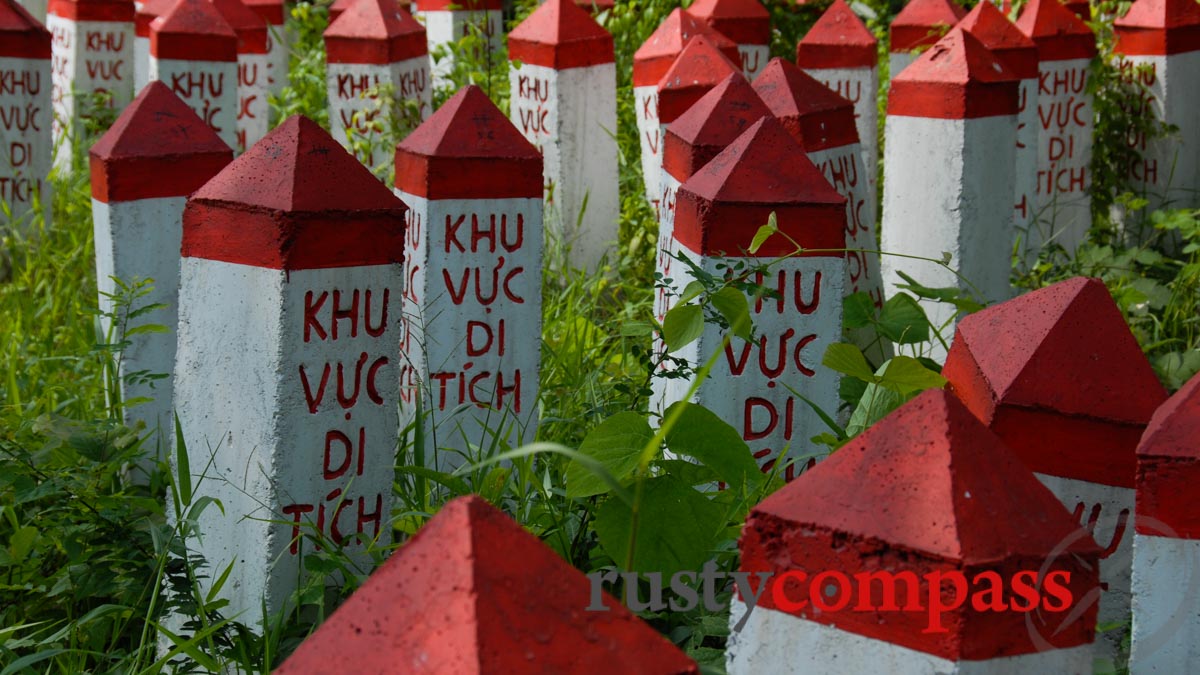
Photo: Mark Bowyer Hue, a heritage graveyard?
Vietnam’s tourism officials get excited by mega-developments, golf courses, cable cars and casinos. Problem is, any country can build that stuff.
Meanwhile, Saigon’s built-heritage is facing near-annihilation, museums have barely changed in decades, places that should be internationally recognised historical tourism destinations, like Hue and Dien Bien Phu, languish, and other important heritage tourism sights are information-free-zones.
It’s no exaggeration to say that Vietnam has done a worse job on heritage and history than neighbouring Cambodia and Laos. And it’s way behind other regional centres.
And yet you could easily make the argument that Vietnam starts the heritage tourism race well ahead of its neighbours.
So here’s some good news.
Maybe Vietnam is about to seize on one of its natural tourism advantages, and start sharing its incredible story with travellers.
Here’s why I’m feeling some optimism.
Hanoi’s Thang Long Citadel has made big improvements.
World Heritage listed Thang Long Citadel in Hanoi, is probably Vietnam’s most important historical site. It’s been at the centre of the country’s military and political history for most of the past 1000 years. It was also of central importance in the French conquest of Hanoi, and during colonial rule. And in the 1960s and 1970s, it’s where General Giap and North Vietnam’s military brass, planned the defeat of the US backed South Vietnam forces. That’s a lot of history.
It only opened its doors to visitors a few years ago, and while the physical site was impressive back then, there was virtually no information available.
Over the past year or so, big improvements have been made to the quality of the historical presentation. Travellers who want to dabble and come away with some basic information about Hanoi’s thousand years of history, are well served. And there’s an improving presentation for those wanting to dig deeper too.
There’s a way to go but this is an encouraging start.
Word doesn't seem to have spread yet - tourists are still conspicuously absent.
Curiously, admission to Hanoi Citadel is just 30,000VND - less the 1.5USD. They could easily raise that.
You can read more about Hanoi Citadel here.
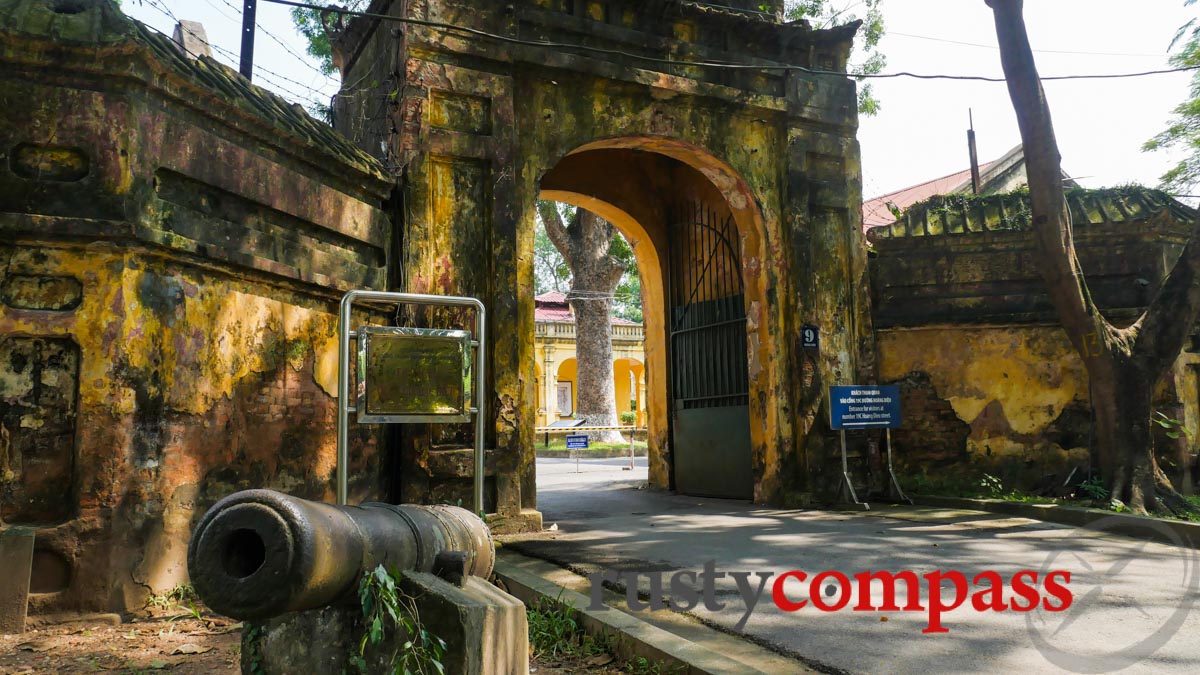
Photo: Mark Bowyer Thang Long Citadel, Hanoi
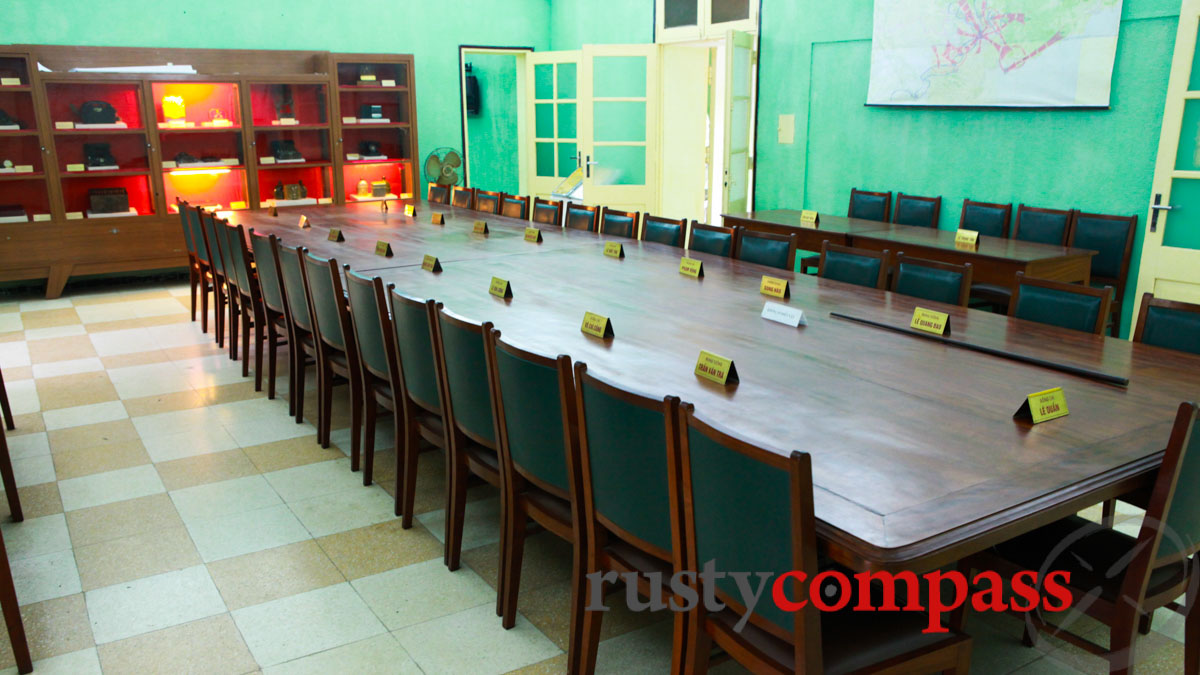
Photo: Mark Bowyer North Vietnam's wartime Central Command.
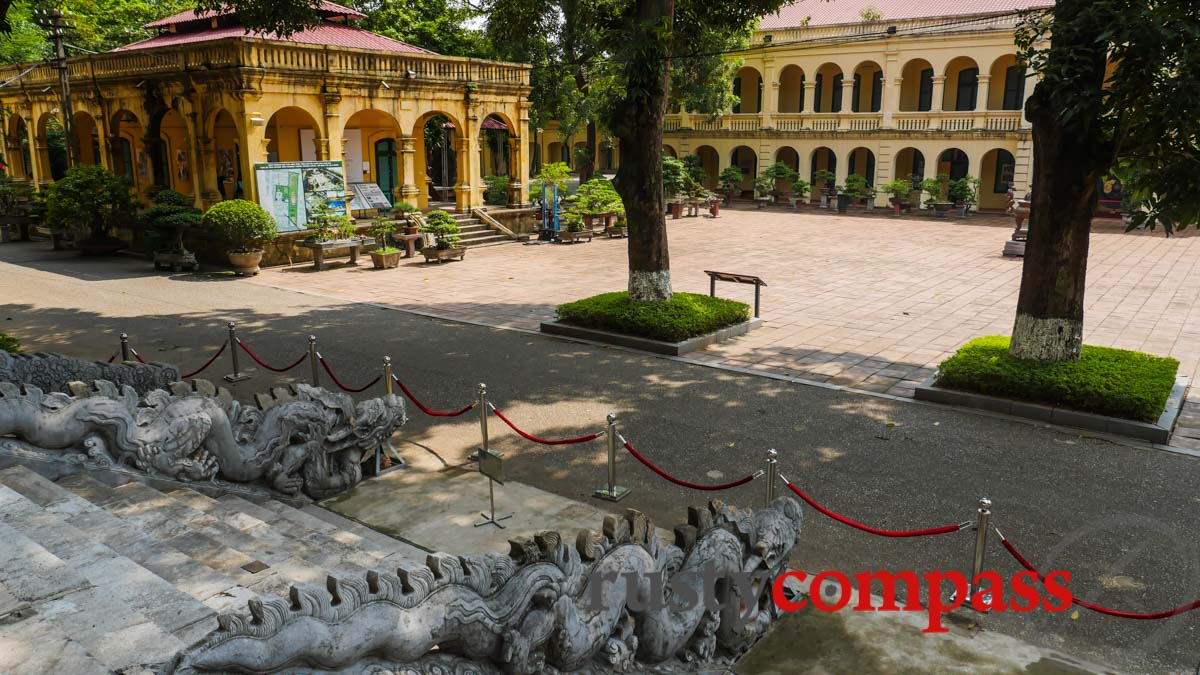
Photo: Mark Bowyer Kinh Thien Palace remains, Citadel, Hanoi
Hue Citadel seems to be finally getting serious too
The Nguyen Dynasty Citadel in Hue is another long-neglected and poorly presented historical treasure. For decades, tourists and tourism industry colleagues have complained that a visit to the Citadel, revealed zero about the Nguyen Dynasty and its characters, nor the abdication of the last emperor, Bao Dai in 1945, nor the destruction wrought by French and American forces in two wars, or the 1968 Battle of Hue - much of which took place around the Citadel.
Hue is one of my favourite places in Vietnam. But like many other favourite places, it’s been a case of so much history, so poorly presented.
But there’s talk that Hue Citadel might also be getting serious and adding audio tours.
Audio tours are only as good as the people who create them. Let’s hope some real experts, both historical and narrative, are brought in to help.
You can read more about Hue Citadel here

Photo: Mark Bowyer Western wall, Hue Citadel
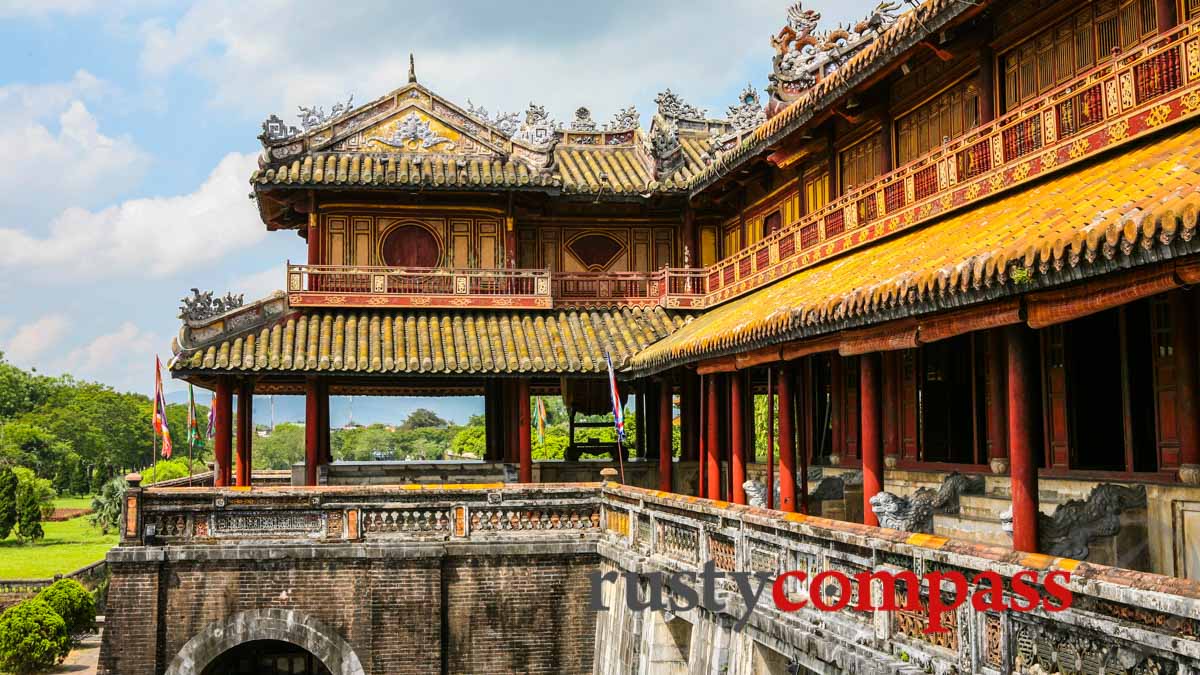
Photo: Mark Bowyer Ngo Mon Gate Hue Citadel
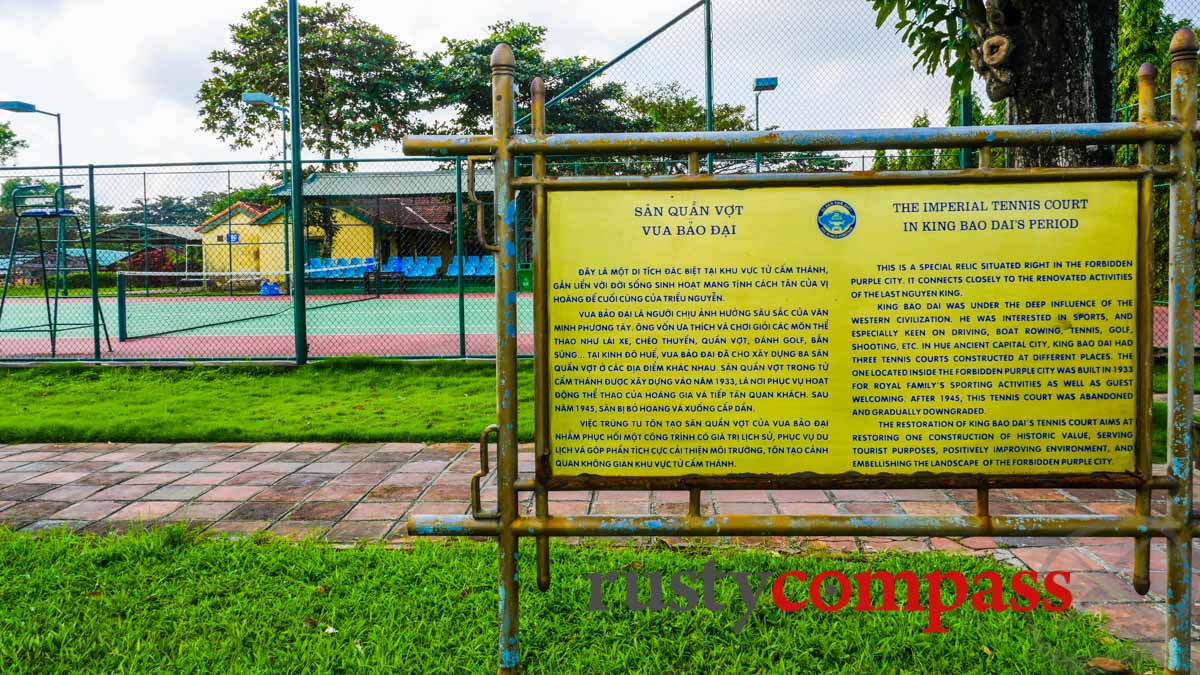
Photo: Mark Bowyer Tourists for fools? A heritage tennis court Hue style.
Saigon’s Reunification Palace has improved information
Saigon’s Reunification Palace is where the Vietnam War came to a dramatic end on April 20 1975. It’s a place of great historical and architectural significance.
Back in 2014, new English and French language signage was added to the displays. That may seem a modest improvement - but it made a big difference to travellers trying to make sense of the place.
In many cases, modest improvements can have a very big impact.
You can read more about the Reunification Palace here.
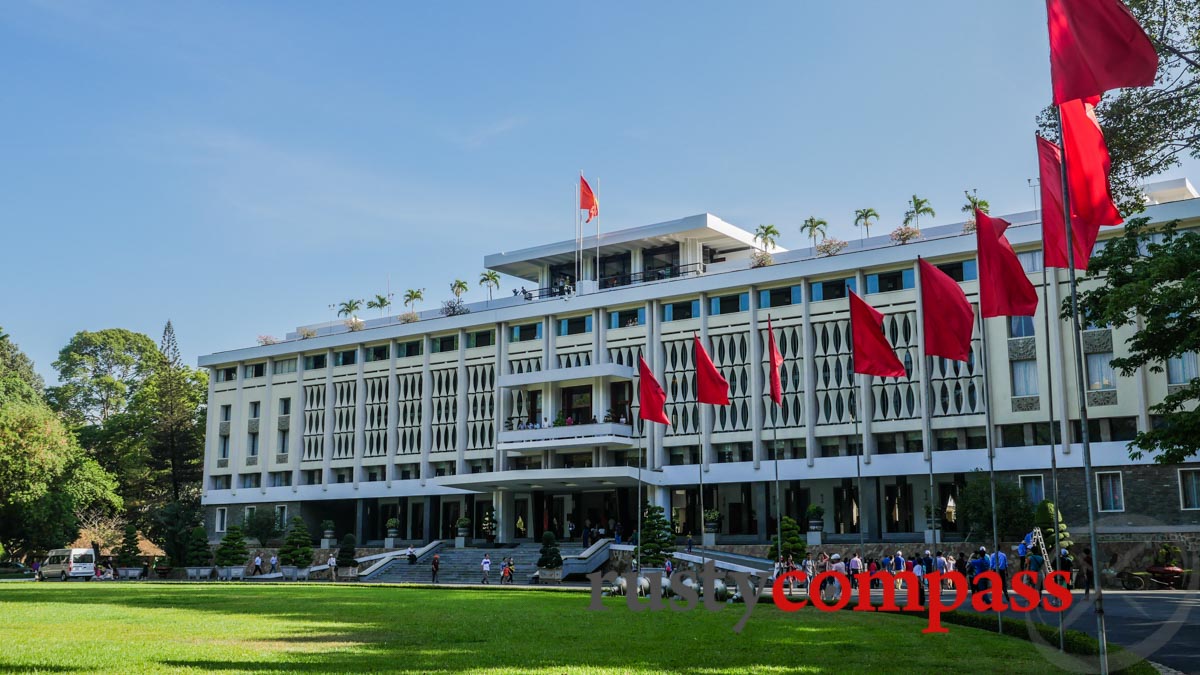
Photo: Mark Bowyer Reunification Palace, Saigon
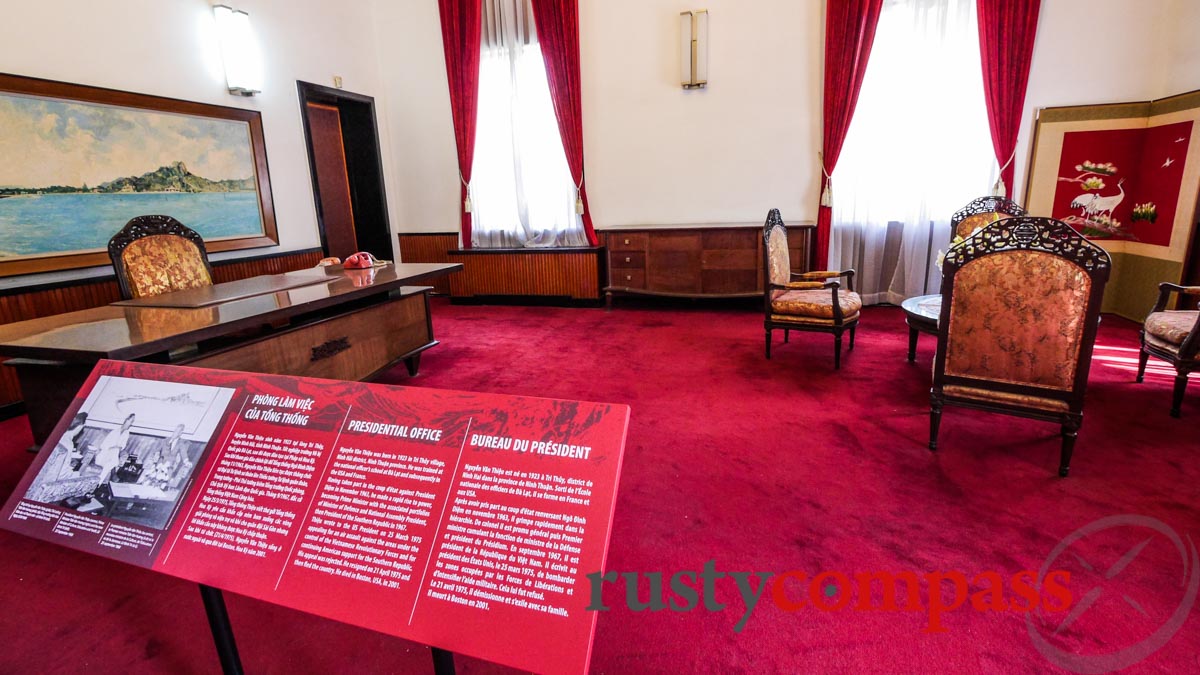
Photo: Mark Bowyer Reunification Palace, Saigon - improved descriptions
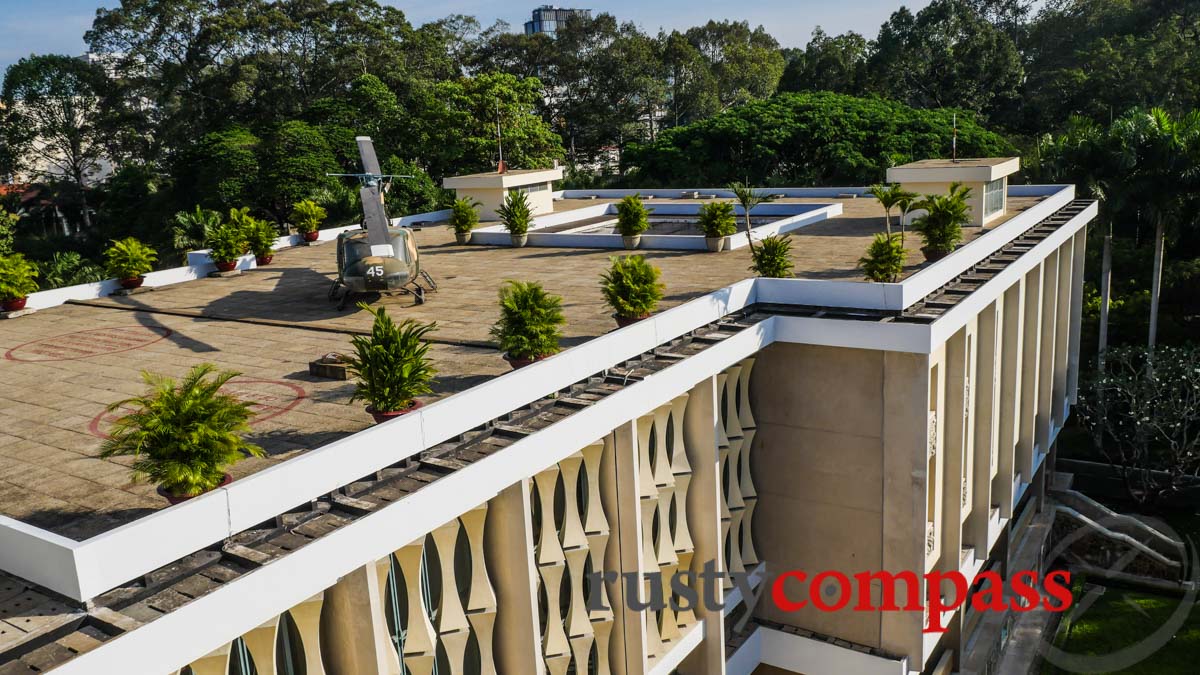
Photo: Mark Bowyer Reunification Palace, Saigon
Saigon’s Fine Arts Museum is tentatively embracing contemporary art
Vietnam’s state-run art galleries have had a big influence on the public face of the country’s rich artistic traditions - often at the expense of its vibrant contemporary art scene.
Slowly though, Saigon’s Fine Arts Museum is beginning to acknowledge, even embrace, that contemporary art scene.
You can read more about Saigon’s Fine Arts Museum here
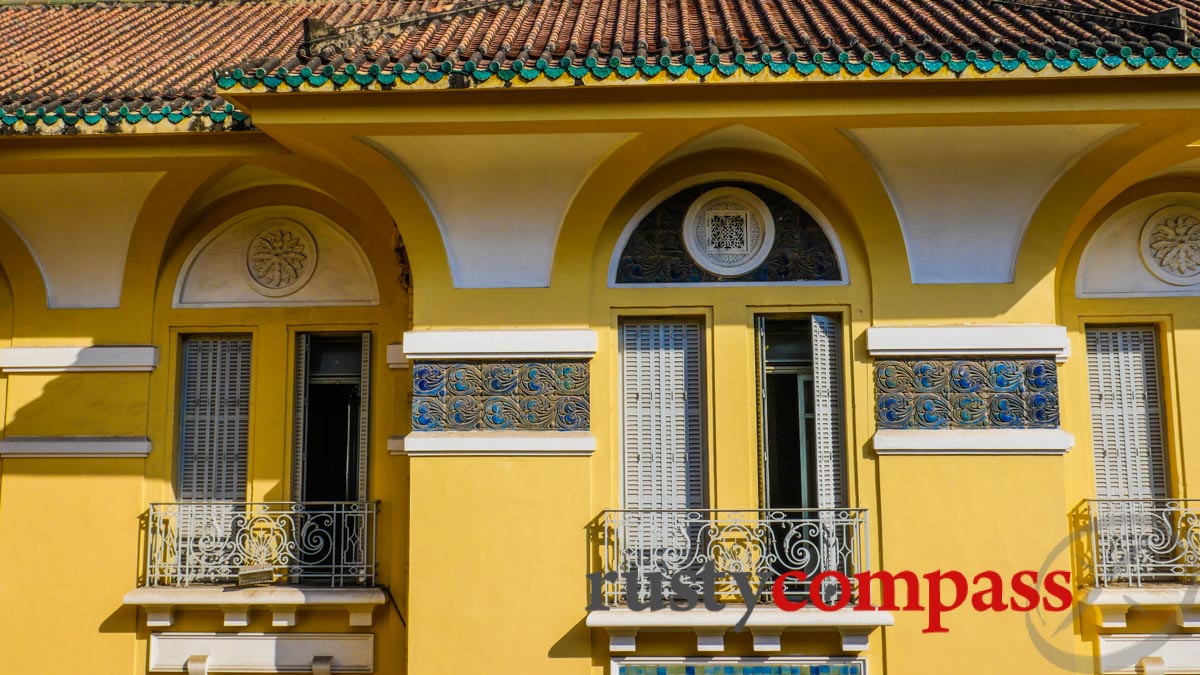
Photo: Mark Bowyer Fine Arts Museum, Saigon
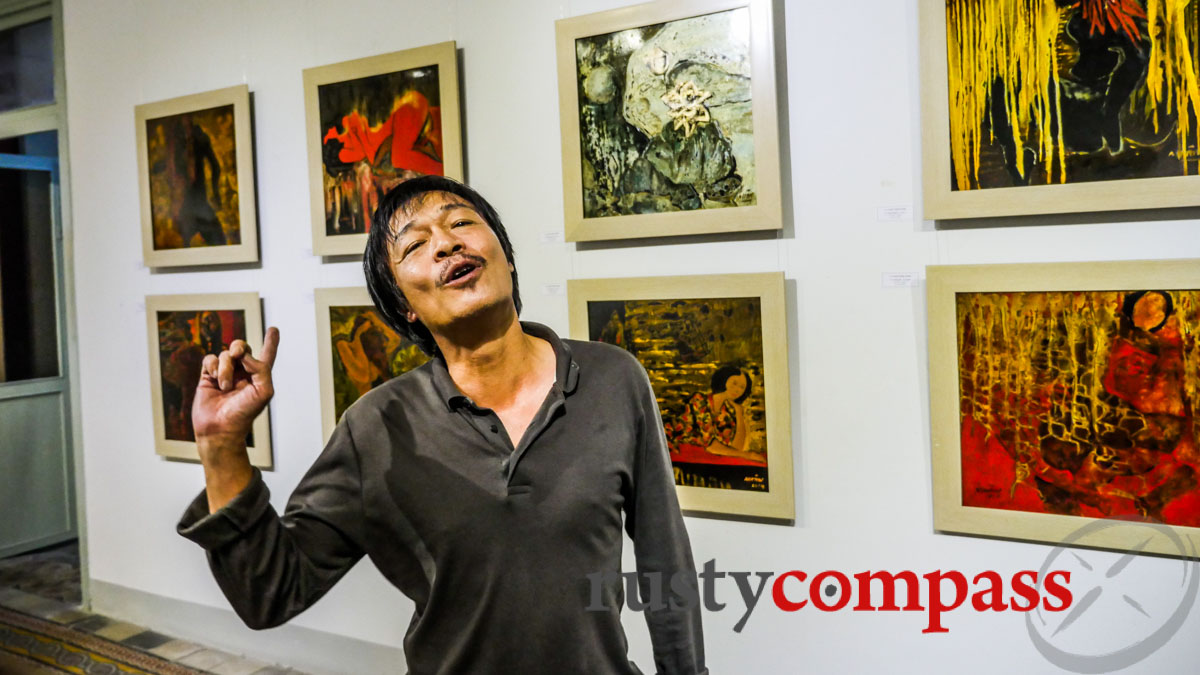
Photo: Mark Bowyer Fine Arts Museum, Saigon
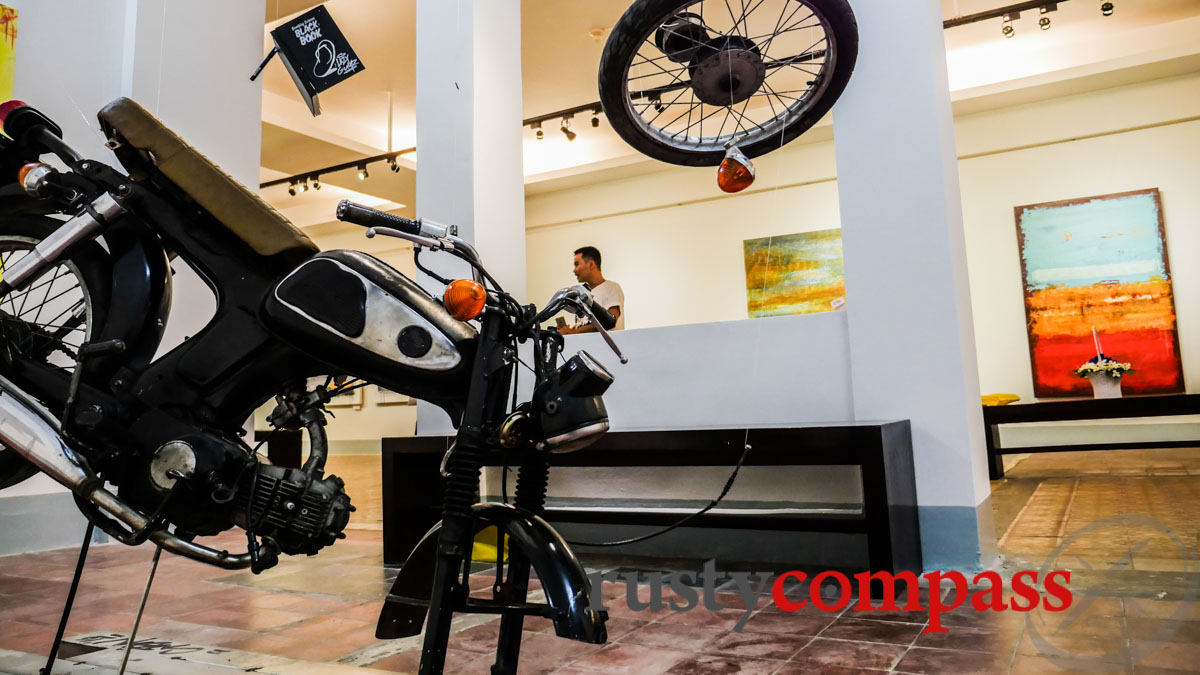
Photo: Mark Bowyer Contemporary work, Fine Arts Museum, Saigon
Vietnam has long under-delivered on the inherent value of its history and heritage assets.
It’s been a long running tourism, economic, and national cultural, tragedy.
Many travellers and tourism professionals I speak with are bewildered that a country with so much to offer cultural tourists, accords it such low standing.
The developments I’ve listed here are small indications that a reversal might finally be under way. If you’re not familiar with Vietnam, they may seem so small to be inconsequential. But if you’ve seen the lowly place history and heritage have held in Vietnam’s tourism priorities over the past few decades, you will appreciate their significance.
There's still plenty of talk about new cable cars, mega-developments and environmental destruction in the name of tourism development. But perhaps Vietnam is ready to start making a bid to take its rightful place as a regional leader in heritage and historical tourism.
Let’s hope so.

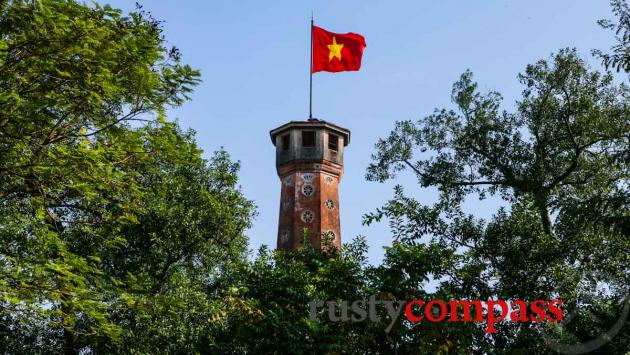



There are no comments yet.